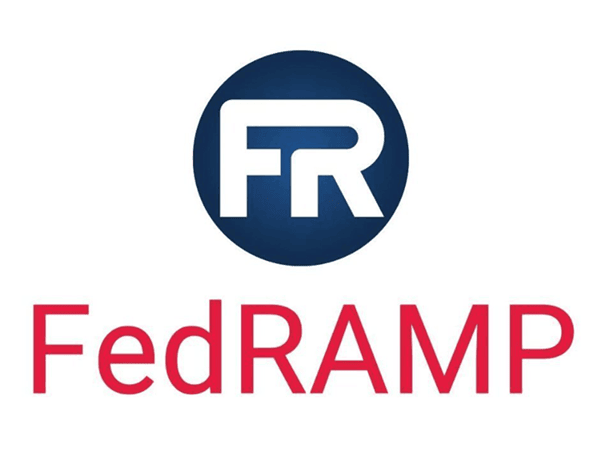
Securing the Cloudscape: FedRAMP Assessment as a Pillar for Service Provider Defense
The boundaries of technology continue to expand, and the virtual world is full of endless possibilities.
As thrilling as the continuous evolution of technology is, there is a challenge in striking a balance between innovation and security.
Following the enormous security threats within the technological cloud, seeking secure cloud services has become paramount.
When it comes to the enhancement of security, FedRAMP solutions are vital. The robust security assessment is a stronghold against cyber threats.
This article gives keen insights about FedRAMMP assessment and how it provides service provider defense and keeps cloud technology steady against the storm of cyber perils.
Understanding FedRAMP
FedRAMP is a 2011 act formulated to standardize the security assessment and monitoring of cloud services in the federal government. It helps federal agencies utilize modern cloud technology without risking national information security.
FedRAMP collaborates with other government networks, such as the Department of Defense and the Department of Homeland Security, to ensure that federal agencies fulfill the requirements to maintain information security during cloud technology use.
The guidelines provided by FedRAMP interjoin with other security guideline provisions such as FISMA, which provides guidelines for cloud technologies in federal agencies.
FedRAMP works in two teams to achieve its objectives in cloud security. The first team is the Joint Authorization Body (JAB), which governs and makes decisions for FedRAMP.
The second team is the Program Management Office, also FedRAMP PMO, which is the body that guides the delivery of standardized authorization packages by cloud service providers.
The essence of FedRAMP Assessment
FedRAMP assessment is essential in the context of service provider defense. Below is why FedRAMP is a pillar for service provider defense:
Customer Assurance
Having gone through the FedRAMP compliance, federal agencies, organizations, and businesses have an assurance of the high-quality services of the service provider. Confidence builds customer relationships and keeps them calm during a security threat.
Comprehensive Security Standards
FedRAMP provides robust security standards that cloud service providers must meet. The security standards ensure the mitigation of the risk of threats and show service providers’ competence and commitment to delivering stable cloud services to federal agents.
Effective Risk Assessment
FedRAMP assessment requires service providers to be vigilant in risk evaluation and assessment.
Provisions such as the 3PAO readiness assessment ensure that service providers have identified and mitigated potential threats before becoming FedRAMP compliant. Hence, it becomes easier to deal with foreseeable threats during service delivery.
Consistent Monitoring
Risks and threats in the cloud technology keep evolving, and it is essential to keep the system ready to handle new challenges. The FedRAMP assessment requires service providers to continuously check the existing systems to ensure they are updated to mitigate potential threats.
Collaboration with Other Security Networks
FedRAMP is linked to other security compliance systems in the government, such as FISMA.
The collaboration ensures that service providers comply with multiple security requirements, assuring federal agencies of a robust cloud system that safeguards sensitive data against malicious threats.
FedRAMP Assessment Requirements
FedRAMP assessment can be rigorous and demanding. Below are the requirements for FedRAMP assessment:
Completing Initial FedRAMP Documents
The organization should seek the resources on the FedRAMP site and review the information to identify relevant documents.
These documents are essential during authorization, monitoring, and preparation. The easiest part about this step is accessing the documents because they can be printed from the site.
FIPS 199 Assessment
This step involves the impact classification of data stored or dispatched by the cloud service provider.
FIPS 199 identifies the data as low impact, moderate impact, or high impact. The category dictates the controls the service provider should implement.
3PAO Readiness Assessment
In this step, a FedRAMP third-party organization conducts a cybersecurity assessment comprehensively.
After the evaluation, the 3PAO drafts a readiness assessment report. The 3PAO readiness assessment is a mandatory step for cloud service providers.
Action Plan and Milestones
This step involves documenting action plans to mitigate the weaknesses identified during the assessment process. The aim of the action plan and milestones is to mitigate known system flaws.
Follow Up for Authorization
Cloud service providers should choose which authorization to acquire. There are several paths to pursue, such as JAB, agency ATO, or provisional ATO. The approvals involve different procedures of acquirement.
Monitoring
After authorization, cloud service providers must remain compliant by establishing a viable monitoring program. The monitoring programs include vulnerability scans every month.


